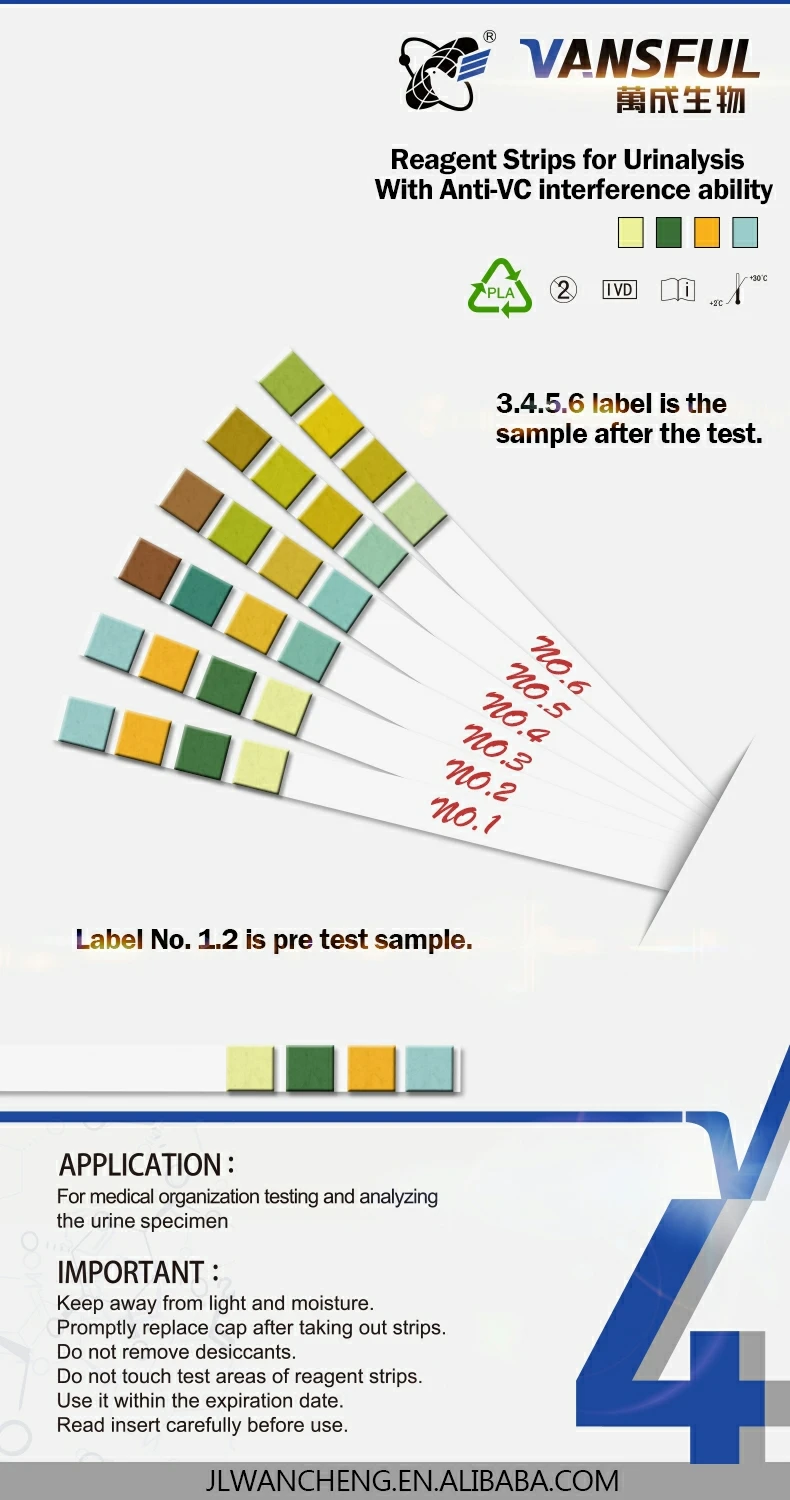
Electrolytes will be indexed against creatinine to evaluate their concentrations without having a 24-hour void volume amount A sample of citrate-Poland Spring will be sent to Litholink for analysis of Calcium and Citrate for reference.

Samples will also be sent to lab for evaluation of chemical composition of creatinine, citrate, and calcium. UA dipsticks will be used in office to evaluate for pH and specific gravity. and Poland Spring (Nestle Waters North America) bottles will be provided to subjects by the research study team. All True Lemon packets (True Citrus, 11501 Pocomoke Court Suite D, Baltimore, MD 21220). They will be instructed to mix 1 packet of True lemon in one 16.9oz (500 mL) bottle of Poland Spring. On Day 4 the subjects will collect 4 urine samples as previously described for Day1. On days 3 and 4 the subjects will double their fluid intake using Day 1 as a guide. On Day 2, 3, and 4 the subject will drink a bottle of water with True Lemon after 5pm. If they do void outside of these times, they will be asked to record the extra times that they void. Subjects will be asked not to void outside of the timed collections. The subjects will record the time of each void, the time given to the study representative, the times they eat, and their approximate fluid intake on the provided diaries. Subjects will be instructed to refrigerate their first voids.The 2nd, 3rd and 4th void samples will be collected in the office during the designated times, and given to study personnel. They will be provided 4 sterile urine cups labeled for the different timed collection marked at the 20-30 ml line to indicate how much urine should be collected. The subjects will collect a spot urine sample on the first void at home, then at 9-10AM, 1-2 PM and 4-5PM. on the day before first morning void is collected. Subjects will complete a questionnaire asking about weight, height, history of kidney stones, whether they are on any diuretics, medications that alter urine chemistries, or special diets. Why Should I Register and Submit Results?Ģ0 subjects will be recruited and consented in the Urology Clinic office.A monochromatic light is led to the drop and the specific gravity can be measured depending on the angle of refraction of the light. Refractometer: Only a drop of urine is needed.With a calibrated scale the specific gravity can be read depending on how much the test tube float in the distilled water. Urinometer: A test tube is filled with 10 or 20 ml of urine and then is placed in distilled water at 68-72✯ (20-22ªC).If you avoid drinking fluids, levels higher than. If you drink a lot of water, 1.001 may be normal. Specific gravity may be also measured at labs with other procedures. Your urine specific gravity is generally considered normal in the ranges of 1.005 to 1.030. They comprise up to 10 or more different reagents or chemical pads to perform different urine tests at the same time.

In laboratories, there are automated machines that perform the analysis very fast, but it is also possible to buy strips that let you analyze a urine sample at home. It reacts (change color) when it is dipped into the urine specimen. The dipstick may comprise a reagent or chemical pad.

The urine gravity test is measured frequently using reagent strips or dipsticks. This sample will be sent to the lab for the analysis. The patient must collect a sample of the urine in a specific container using a special kit. Some labs use different measurements or test different samples. Normal value ranges may vary slightly among different laboratories. The normal range for urine specific gravity is 1.005 to 1.030. It reflects the relative degree of concentration or dilution of the urine specimen. Urine specific gravity (U-SG) represents the relative proportion of dissolved solid components to the unit volume of a specific urine specimen. The urine osmolality test may not be needed. The concentration of solutes in the urine can be assessed by measuring its specific gravity or its osmolality. This test is performed along with other urine tests in what is called a urinalysis. The urine specific gravity test is easier and more convenient, and is usually part of a routine urinalysis.


 0 kommentar(er)
0 kommentar(er)
